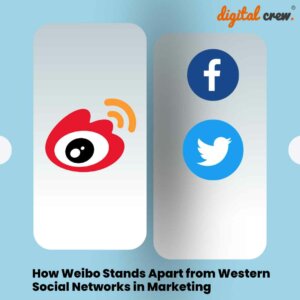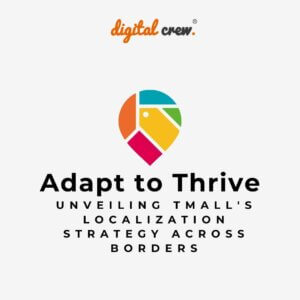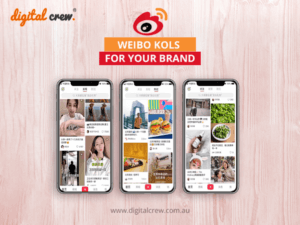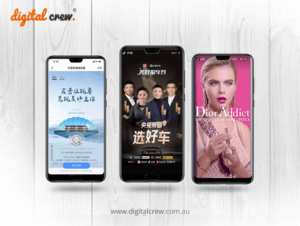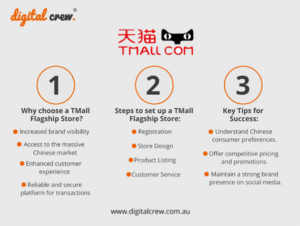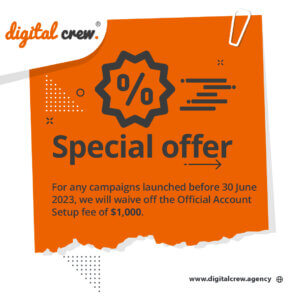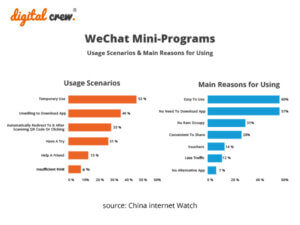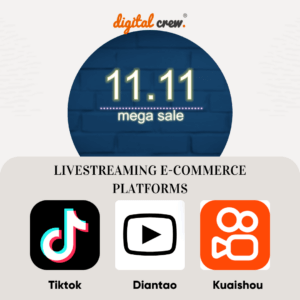When you are in the business of marketing travel products and services, luxury or fashion items, or tourism gifts and souvenirs, it’s important to know how to communicate with and effectively target China’s travellers – many of whom take overseas trips each year for tourism and shopping.
Unfortunately though, western businesses have a litany of marketing failures when it comes to engaging China’s consumers – and this includes some of its major players such as Uber and Walmart. But rather than wonder how you would succeed where even big companies have failed, it pays to learn from their mistakes, and to check out what successful marketers do – emulating and adapting their methods for your own digital campaigns.
A secret to succeeding in any type of marketing communication is of course understanding the mindset of whoever you are talking to. This is partly where some western companies have gone wrong, in that they have attempted to set up the same business models and marketing methods for China as they do elsewhere. China is a very different culturally speaking however, and if you want to reach the tourist population, you need to seriously research the market and culture and adapt accordingly.
Here are some tips for doing so.
- Target audiences early
In China, the distance between research and purchase when it comes to travel is often quite long – with many travellers spending considerable time researching and then booking trips up to several months in advance. One of the best times to connect with the Chinese tourist population is during the research phase.
Dirk Eschenbacher of the Zanadu travel service says in an emarketer article that WeChat is very important for this as it enables his company to build its own media platform, offering original content of the type that people are seeking out. Zanadu also produces four to six videos every week, across a range of different channels.
Eschenbacher also says that as the Chinese travel market is still quite young (it’s only about 10-years-old) there is a need to “educate and inform” clients. This may provide an opportunity to drive the conversation in marketing campaigns, particularly through social media in China.
- Consider the power of influencers
Peer-to-peer reviews are a major influencer of purchasing decisions for Chinese consumers, including for local and overseas travel, and KOLs (key opinion leaders) may hold even more sway. Many businesses partner with KOLs to get the word out about their brand. KOLs may be professional bloggers, celebrities or fashion or sporting icons who have a strong online influential presence and a large following. For tips on engaging KOLs, check out our previous article.
- Make it easy for people to buy and pay
Some marketing commentators say that brands are missing opportunities by failing to use an omnichannel approach to make it easy for customers to purchase and pay. Overcoming this might range from enabling travellers to find unique gifts or deals through apps (e.g. WeChat) or on e-commerce sites like Tmall, and to pay using local payment systems such as Alipay or WeChat Wallet.
- Make it mobile
Chinese netizens tend to prefer mobile to desktop, and providing functional apps for travelling might be just what some tourists need. For example, apps have been developed for the ski fields that go beyond just being able to check snow conditions and the weather. Instead, they might enable users to locate their companions on the mountain, to check out lift waiting times, and to track their average skiing speed.
The main point to make is that the more you understand your audience, and the easier you make it for them to book and purchase travel experiences and / or to buy and use your products, the more likely you are to succeed at connecting with them.
If you would like some assistance in doing this successfully, or for advice on any other aspect of digital marketing in China, feel free get in touch with our bilingual team of experts.


















